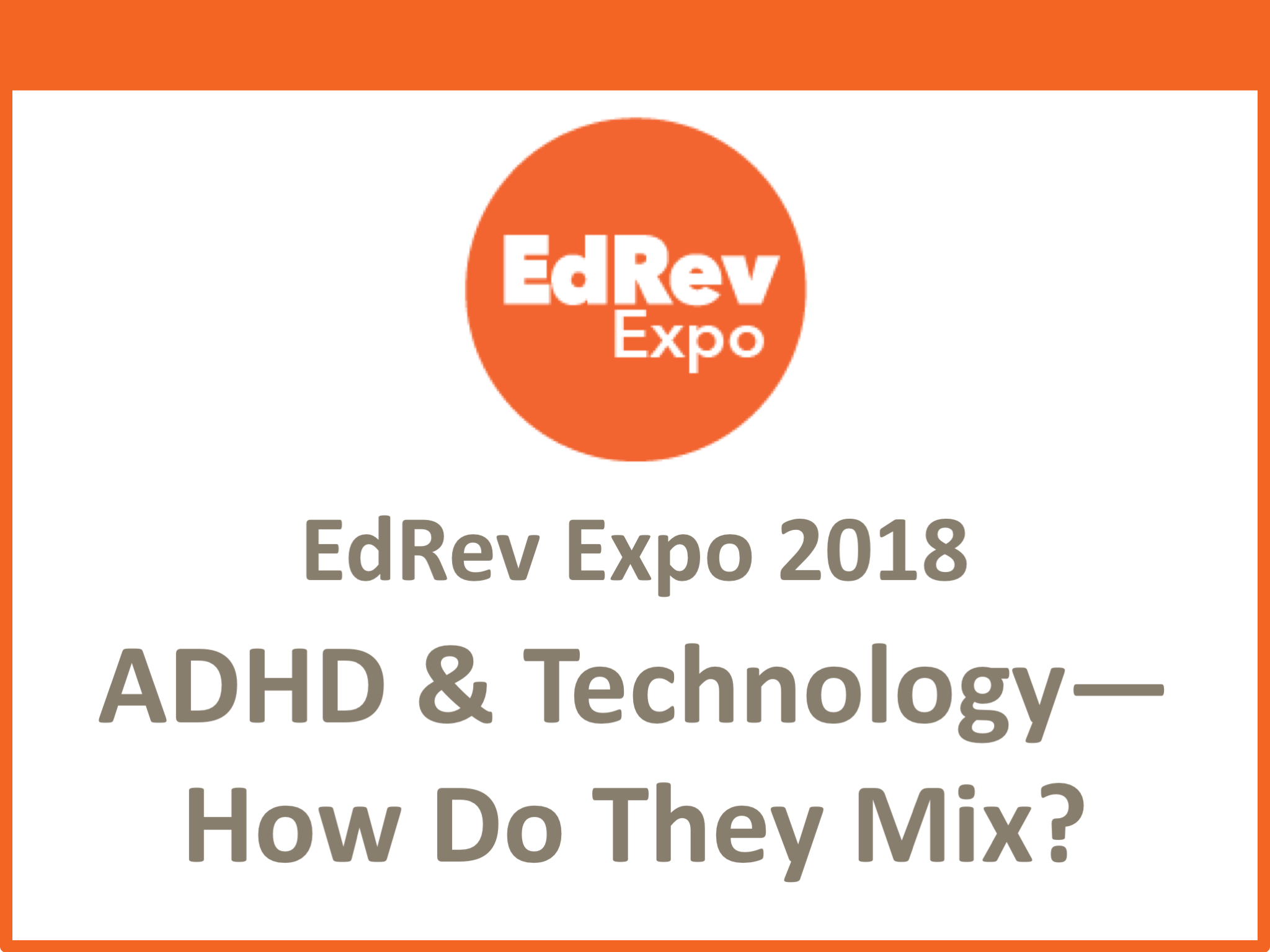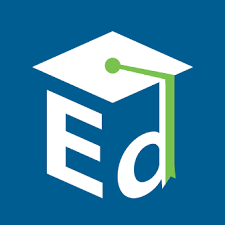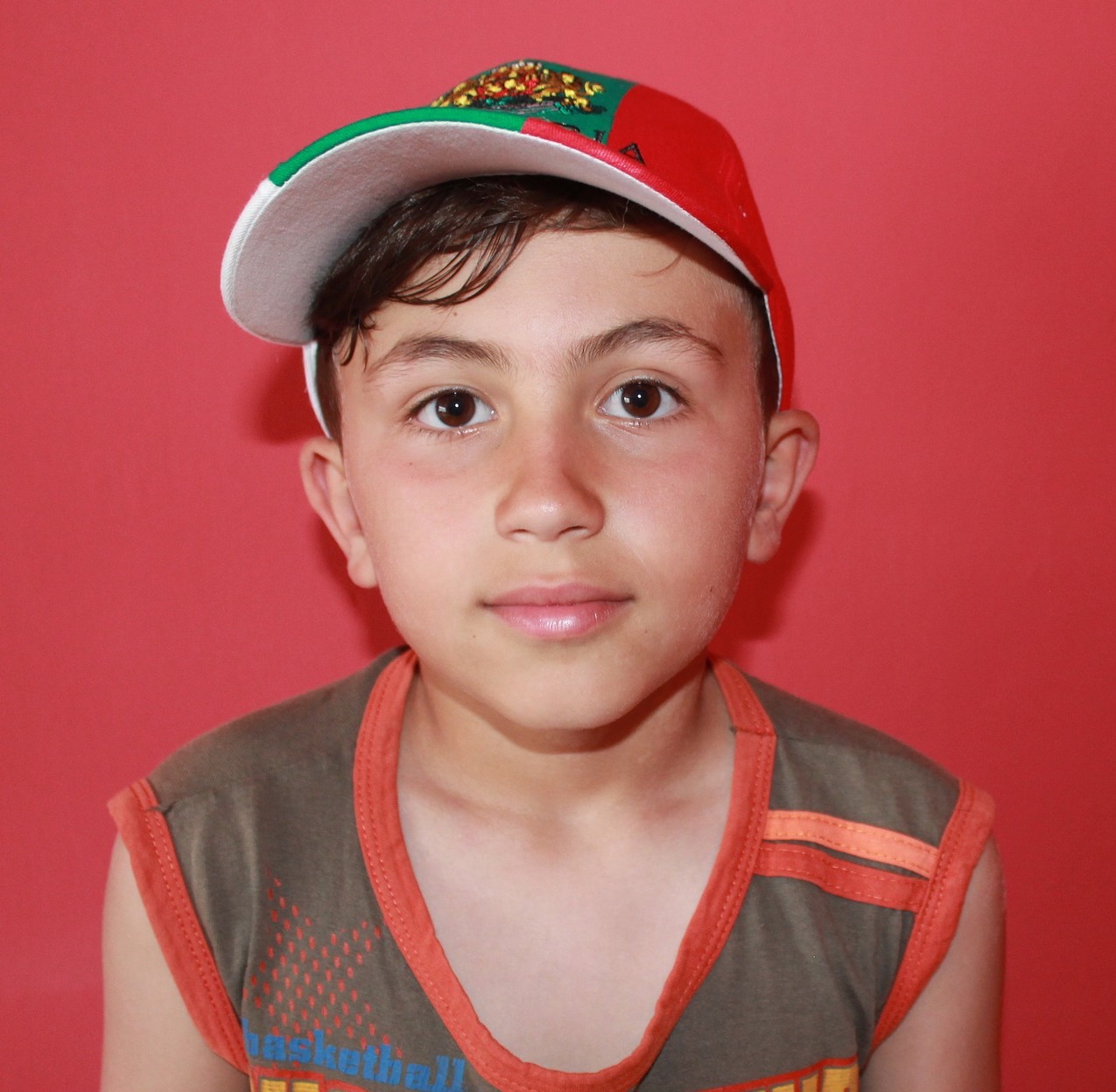 The American Academy of Pediatrics (AAP) has updated a clinical practice guideline that provides recommendations for the diagnosis and treatment of children with attention-deficit/hyperactivity disorder (ADHD). The 2019 guideline for use by primary care providers, such as pediatricians, family physicians, and other healthcare providers, updates and replaces the 2011 clinical practice guideline.
The American Academy of Pediatrics (AAP) has updated a clinical practice guideline that provides recommendations for the diagnosis and treatment of children with attention-deficit/hyperactivity disorder (ADHD). The 2019 guideline for use by primary care providers, such as pediatricians, family physicians, and other healthcare providers, updates and replaces the 2011 clinical practice guideline.
Diagnosis and Evaluation of ADHD
The AAP guidelines for diagnosis and evaluation of ADHD recommend that primary care providers complete these steps:
- Evaluate children and adolescents ages 4 to 18 years for ADHD if they are having academic or behavioral problems and show inattention, hyperactivity, or impulsivity.
- Get reports on the child’s symptoms from parents or guardians, school staff, and mental health workers involved with their care, and get information from the child or adolescent as well.
- Use rating scales and other sources to document the symptoms and ensure that DSM-5 criteria have been met.
- Rule out any other possible conditions that can cause similar symptoms.
- Screen for other conditions that might coexist with ADHD, including emotional or behavioral disorders (such as anxiety, depression, and behavior problems), developmental disorders (such as learning and language disorders or autism spectrum disorder), and physical conditions (such as tics, sleep disorders, or apnea).
- Refer children to a specialist if they detect co-occurring conditions that they are not experienced in treating or diagnosing.
Treatment
The AAP guidelines for treatment of ADHD recommend:
Children and adolescents with ADHD should be treated the same as would any other child or adolescent with special healthcare needs, following the principles of the chronic care model and the medical home.
Children ages 4-6 years
- The first line of treatment should include
- Parent training in behavior management; and/or
- Behavioral classroom interventions (if available).
- Methylphenidate may be used if behavioral interventions do not provide significant improvement and the child continues to have serious problems.
Children and adolescents 6-18 years
Recommended treatment for children and adolescents includes
- FDA-approved medications along with
- Parent training in behavior management and/or
- Behavioral classroom interventions.
Treatments often work best when used together.
For all children attending school, the school is a necessary part of any treatment plan. These plans can include
- Educational interventions; and
- Individual school supports, such as school environment and behavioral supports.
School treatment plans often include an Individualized Education Program (IEP) or a 504 plan that describes accommodations.
Any child or adolescent who is taking medication
The AAP guidelines for treatment of ADHD recommend that
- The primary care provider adjusts the patient’s medication dose as needed to achieve the most benefit with the least amount of tolerable side effects.
- For adolescents, medications should be used with patient approval.
Read more about this recommendation.
Reference
American Academy of Pediatrics, Subcommittee on Children and Adolescents with Attention-Deficit/Hyperactivity Disorder. ADHD: Clinical practice guideline for the diagnosis, evaluation, and treatment of children and adolescents with attention‐deficit/hyperactivity disorder. Pediatrics, September 30, 2019.
Source: Centers for Disease Control and Prevention | ADHD Treatment Recommendations, https://www.cdc.gov/ncbddd/adhd/guidelines.html | public domain. Page last reviewed: August 9, 2022
To schedule an evaluation or to get advice about your child’s challenges, call or email a CHC Care Coordinator at 650.688.3625 or careteam@stage.chconline.org
This resource is filed under:





